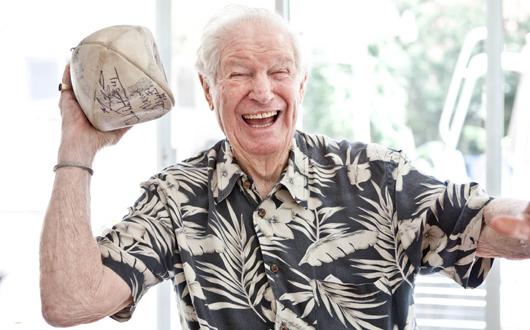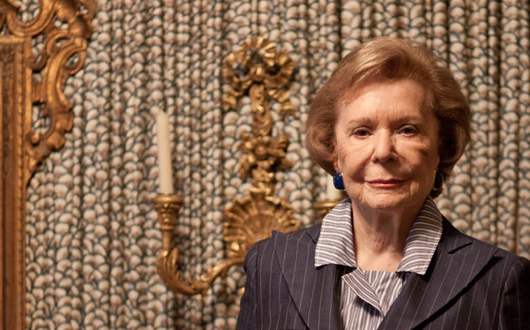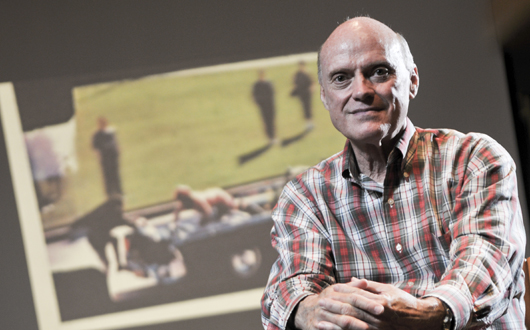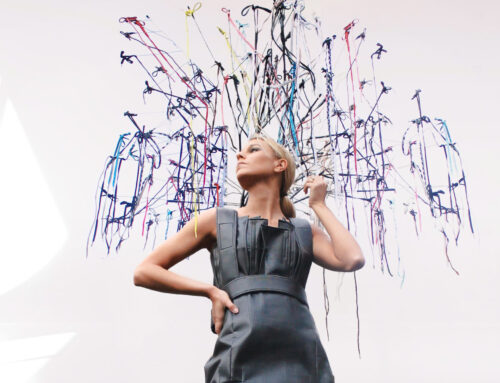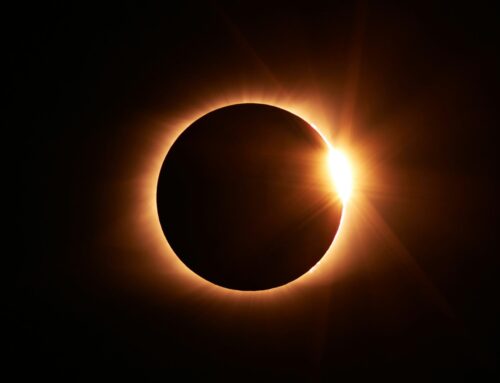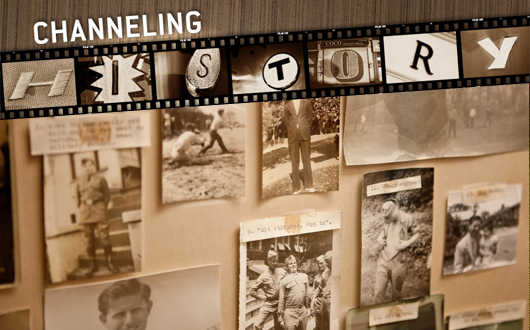
Each of us remembers important days differently. Some recall in great detail where they were at the time the Berlin Wall fell or a president lost his life, while others rely on grainy video, old snapshots or history books for understanding. But eyewitnesses to history are all around us. Their first-hand stories add another dimension to the tales and images so ingrained in our minds.
Here are some of their stories.
Eddy Mann has seen history unfold all around him — mostly from the stands of more than 500 NFL games.
The 89-year-old World War II veteran and Preston Hollow business owner has been a Dallas Cowboys season ticket holder since the team played its first game in 1960 at the Cotton Bowl. But his pro-football memories go back a lot farther than that.
When Mann was 5, he and his father attended the 1925 game at the New York Polo Grounds between the Chicago Bears and the New York Giants when 65,000 fans came out to see the legendary Bears running back, Harold “Red” Grange. The significant turnout helped breathe life back into the struggling New York franchise.
“I remember part of the game,” Mann says. “I remember the star, the reason they had the crowd. They called him the ‘Galloping Ghost’. He saved the NFL.”
Mann, a born and bred Brooklyn, New Yorker, made his way to Dallas in 1952. He regularly attended games at the Cotton Bowl before the city had its own team. Back then, everyone rooted for the Detroit Lions because of its star player, Doak Walker, a Dallas native, SMU graduate and Heisman Trophy winner. In 1958, the Lions versus the Giants, Mann decided to take a piece of history with him — a football that Walker kicked through the field goal after the Lions scored a touchdown.
“I said to my wife, I said, ‘Janet, I’m going to go down and get the football.’ She says, ‘You’re crazy.’ So, I went down there and predicted where it would go. I didn’t have to move a foot. It came right to me.”
He has kept that white, vintage football ever since, accumulating autographs over the years from Cowboys players like Randy White, Preston Pearson and Roger Staubach.
Read Ruth Altshuler’s credentials, and you’ll see a lot of the phrase “first woman” — the first woman to chair the SMU Board of Trustees and Dallas County’s United Way Campaign; the first woman elected to the boards of the Salvation Army, Goodwill Industries and Dallas Citizens Council.
One position in particular gave her an up-close view of history. October through December of 1963, Altshuler served as the first woman on the Dallas County Grand Jury — the one that indicted Jack Ruby after he killed Lee Harvey Oswald in the days following President John F. Kennedy’s assassination.
Before her call of duty, she was a guest at the Trade Mart luncheon on Nov. 22 with her husband Charles Sharp, waiting for the President’s arrival that afternoon.
“It was a crisp, lovely November day,” Altshuler recalls. “There was a big crowd. There was a lot of excitement in the air. There were yellow roses and cocktails. They had the presidential seal in place. We waited, and we waited. People were buzzing.”
Finally, host Erik Jonsson, then president of the Dallas Citizens Council and soon-to-become mayor, addressed the crowd.
“He said, ‘We understand there’s been a shooting.’ Nobody was saying the word ‘killed.’ Nobody knew what was happening. There’s a lot of difference between being shot and being dead.”
Luther Holcomb, Dallas Council of Churches director, said a prayer, and guests began to leave.
“By the time we got to our cars, he had been pronounced dead.”
Flash forward to March when Altshuler was invited to attend Jack Ruby’s trial as a spectator. The courtroom was full of reporters. She watched the drama unfold between the two lawyers: prosecutor Henry Wade, the down-home, country boy, versus Melvin Belli, the slick San Francisco attorney in the Chesterfield coat with the velvet collar.
“It was very interesting, just to see that cast of characters,” Altshuler says. “Ruby comes out with at least four security guards around him.”
Altshuler says that ever since Oswald’s murder, the police have been very careful transferring prisoners. Despite all the different stories swirling around Kennedy’s assassination, she says she doesn’t believe in any conspiracy theories.
“The Warren Commission appeared immediately. They were so intelligent and thorough. It was all fresh. Why did this little guy do this? We may never know.”
On that same crisp, November 22 day, a 15-year-old John C. Hallam received permission to leave class at Highland Park High School so he could catch a glimpse of the President passing through Dallas.
He and his friend stood amid the crowd of onlookers at the intersection of Market Center Boulevard and I-35. People carried transistor radios, listening to live coverage of the event. All of the sudden, the excitement turned to worry.
“I knew something had happened, and it wasn’t good,” Hallam says. “I didn’t know exactly what it was. And then, I heard that he’s been shot.”
Everyone’s fears were confirmed when the motorcade emerged from the exit ramp on its way to Parkland Hospital. Although he couldn’t get a good look at everything, Hallam saw Jackie Kennedy sitting in the car next to the President who was slumped over.
“There were secret servicemen all over the place. It was a terrible day for Dallas.”
Hallam recorded every newscast about the event and watched and listened as the rest of the story began to unfold over the next several days — the fatal shooting of Lee Harvey Oswald, the trial of Jack Ruby and the theories about why all of this happened.
“I was just fascinated by the whole thing.”
But most of all, Hallam says, he’ll never forget the women and their cries as the motorcade drove by.
“They were just wailing. I had never heard a woman cry like that. It stuck in my head.”


